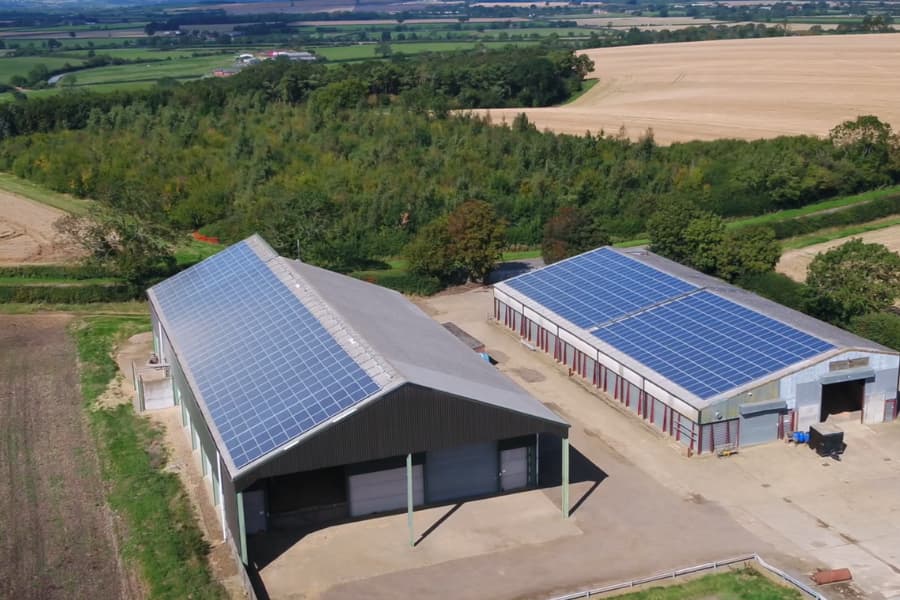Farms and rural businesses: Avoid costly solar PV business rate pitfalls
Hidden business rates charges are catching out farmers and many rural businesses with solar PV installations, but taking expert advice could prevent this.
Supermarket chain Lidl has recently hit the headlines after being stung with a 528% rise in business rates because of solar PV installations on its store roofs – and many farms could also be in line for a costly bill if they don’t take action.
“Although a lot of farming businesses may fall into the category of being agriculturally exempt, others won’t, so it’s important to get your array expertly and independently checked to find out if you have a business rates obligation,” explains senior consultant Richard Palmer. “Modelling business rate implications for solar installations at different scales and configurations can inform the feasibility of a project and mitigate your liability.”
Farms using more than 90% of the generated electricity on-site will fall under the agricultural exemption, as long as the electricity is being utilised for agricultural purposes only, but bizarrely the worst hit are those using between 50% and 90%, says Richard. “Those using below 50% will see the liability sixto eight-fold lower. The issue with Lidl is that it’s using most of the generated electricity on-site, and it is not agriculturally exempt.”
Additionally, complexities around temporary micro-generation exemptions can lead to farmers mistakenly concluding that they are not liable for business rates.
Farmers can easily get caught out. “For example, a farming tenant with an existing array of 120kWp who wanted to add a further 30kWp would have inadvertently lost his agricultural exemption as he would now be consuming less than 90% of the generated energy on site. However, we advised a solution whereby the landlord invested in the second array to sell the electricity to the tenant. This avoided a potentially significant business rates liability,” says Richard.
Many farms and estates have diversified their businesses and created downstream supply chains such as farm shops and food processing. In these cases, existing or adding solar PV, and indeed battery storage, could make a business liable for rates.
Navigating these hazards is where expert energy flow data modelling becomes invaluable. Richard says, “Models provide both technical and financial detail to inform business decision-making. Knowledge is power – and we have built a bespoke business rates model to account for this specific risk.”
“If you have an existing array, a business rates liability could be accruing year-on-year. A new farming client to us wasn’t aware that his 140kWp array was amassing cost at a rate of £7,500 per annum,” he warns. “But we were able to advise a strategy to stop this issue in its tracks.”
“The key message here is to get good advice. Working with an independent specialist that not only understands the policy issues and nuances – but also has the technical, data-science and commercial expertise associated with deploying solar – can help a business insulate its existing solar assets from business rates impacts, and can make an informed decision on new investments.”
Contact us
To find out if you have a business rate liability on your solar PV arrays and how you could mitigate it – or to get more information on our PV Healthcheck service, call us on 01993 830571 or send us a message via our contact form.


